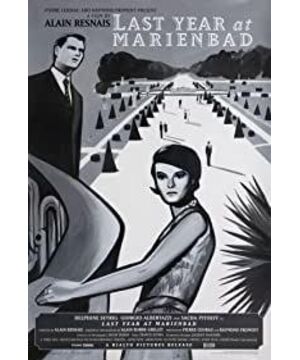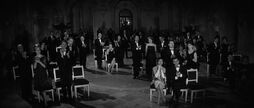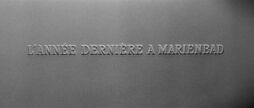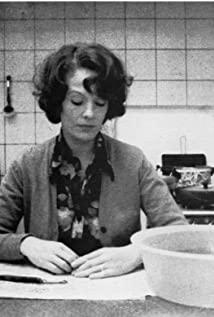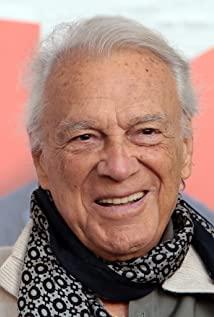Last Year at Marienbad is a film classified by Gills Deleuze in the "Time-Image" category. In this film, time is like a shattered crystal, each fragment reflecting a part of the story, scattered on the ground in a mess, allowing people to piece together a different picture.
This film reflects the shooting style of the French left bank, and the content mainly focuses on people's spiritual activities and heart, consciousness, memory and dreams. As a result, the hero's dreamlike ravings are repeated in the film; corridors that are infinitely repeated and extended, seemingly never going out; mirrors of all kinds; The sculpture's orientation (either facing the pool, or facing the balcony, or facing the garden with its back to the pool) reflects the falsity and confusion of memory.
Screenwriter Alain Robbe-Grillet is the representative writer of the "new novel", and the text excludes the subjectivity and psychology of people, so we see the characters in the film with very simple dialogue and almost no facial expressions , it is impossible to analyze this film in the way of understanding ordinary narrative films.
Such an avant-garde work gives the film the possibility that disrupted time can affect the overall narrative of the film. Through fragmentation, jumping between memories and consciousness, we seem to be able to analyze the following stories: 1. The woman did not leave (elope) with the man, all this was just the man's visualization in his mind. It is mainly seen in a series of hazy shots, such as the two protagonists dressed in similar light colors and acting intimately in bright light. And when both are wearing black at the same time, or one is black and one is white, the relationship between the two is always more tense. In addition, in the confessions of men, there is also a desire to change reality ("I don't want you to die", "You will not be coerced, but voluntary" and a series of words that seem to express self-consciousness ); 2. Men rape women, and women do not want to recall painful memories of the past. In addition to the "unclosed room" mentioned several times and the description of "panic" in the monologue, there is also a scene of shooting with a target: when the woman's husband shoots, it hits the target; And when the man shoots, it hits the woman. This shot symbolizes the man's occupation of the woman; 3. The man successfully persuades the woman to elope, and the shot finally turns from the cramped corridor and living room to the vast hall, which symbolizes the freedom that women yearn for. Reality jumps back and forth between memories and imaginations, so we can have a variety of interpretations on top of the shattered time crystal in this place.
In this film, "time" overtakes "motion" to dominate the development of the film. In "Movement-Image", the protagonist's perception triggers feelings, which in turn generate actions and advance the development of the story; while in "Time-Image", fragments of time can be placed in any position. The linear narrative structure affects the different directions of the story. Therefore, "Last Year in Marienbad" shows "movie as art" vividly and vividly, interweaves and sublimates reality and the dream created by film, which is worthy of study.
View more about Last Year at Marienbad reviews


